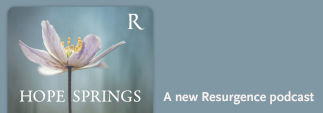Sohan Qadri
Nitya
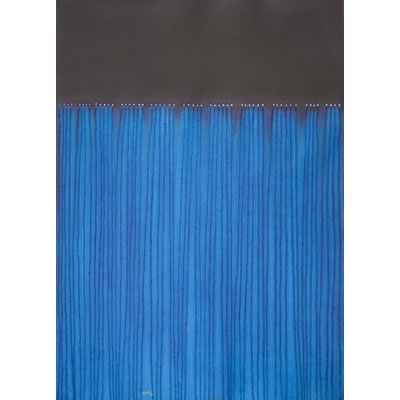
Prana
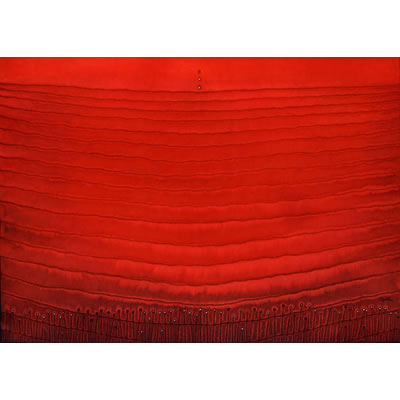
Agamas III
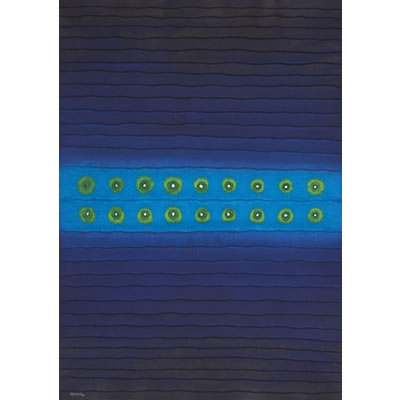
Amala VII
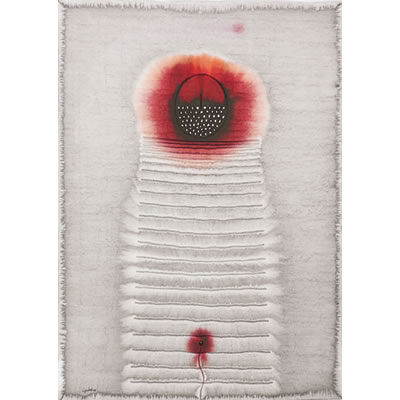
Arti IV
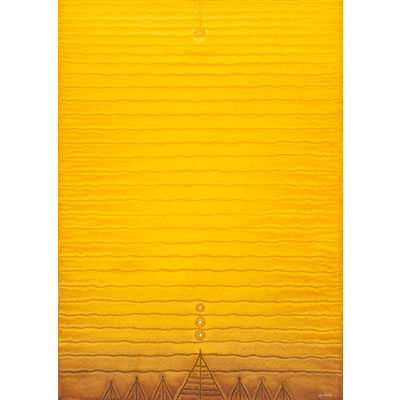
Amisha VI
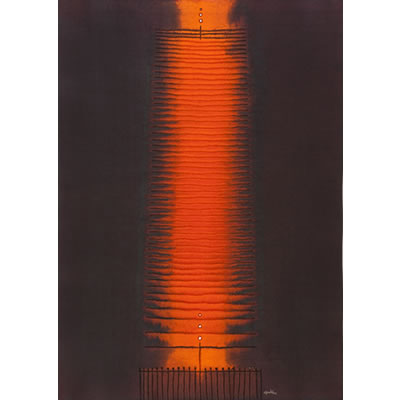
Nadi IV
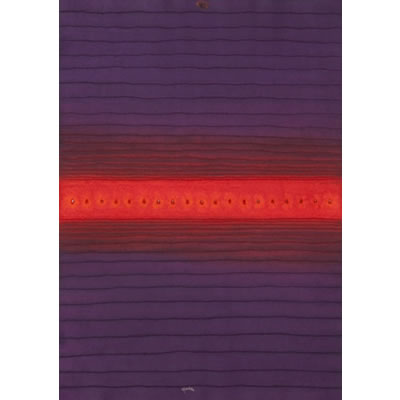
Puja III
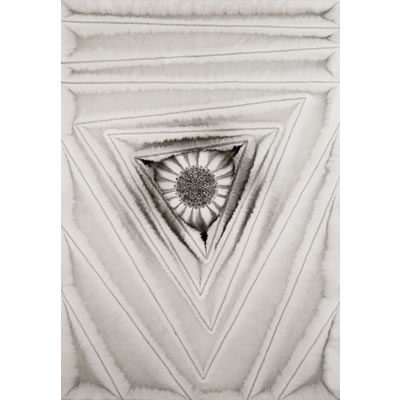
Sohan Qadri and The Sundaram Tagore Gallery
Born in Chachoki, Punjab, India, in 1932, Sohan Qadri was a poet, painter and Tantric yogi. He is perhaps best known for his luminous, dye-infused works on heavy paper, which explore the notion of emptiness or voids. Relying on a language of orifices and elongated paths or lines, Qadri abandoned representation in search of transcendence. He was particularly inspired by Vajrayana or Tantric Buddhism, which emphasizes the notion of sunyata or emptiness. Qadri's minimalist compositions on paper are symbolic of this empty space or void from which seeds-the punctures-arise. The seeds are primordial symbols representing the self in the universe, the notion of creation, and a sexual union.
To begin his process, Qadri would bathe thick intaglio paper in acid-free water. Once it was swollen with liquid, he would rhythmically score the surface with various gouging and cutting tools, carving in stages while applying inks and dyes. Imbued with vibrant hues, the serrated surfaces possess a strong sense of energy and rhythm. In the artist's hands, the very nature of paper was transformed from a flat, two-dimensional surface into a three-dimensional medium.
Qadri's work has been exhibited at the Sundaram Tagore Gallery spaces several times during the last decade. Established in New York City in 2000, the gallery is devoted to examining the exchange of ideas between Western and non-Western cultures. With spaces in New York City (Chelsea and Madison Avenue), Singapore and Hong Kong, they focus on mounting exhibitions and hosting not-for-profit events that encourage spiritual, social and aesthetic dialogues.


